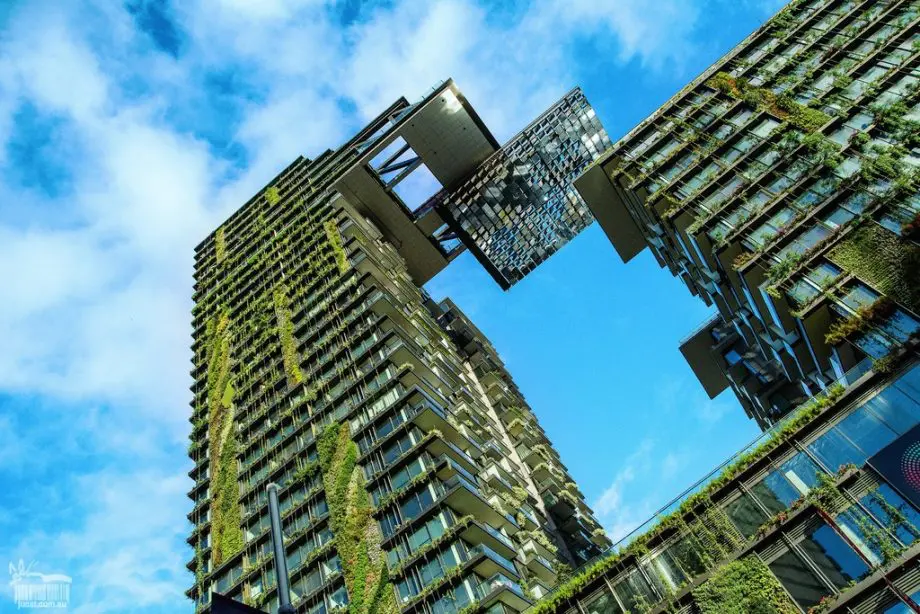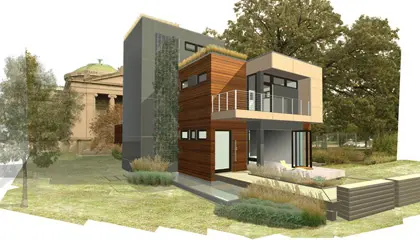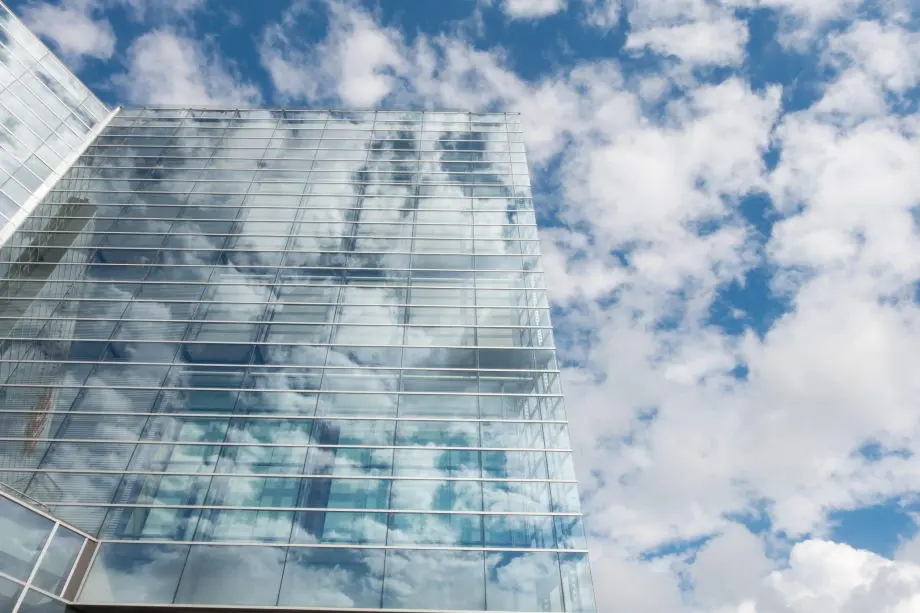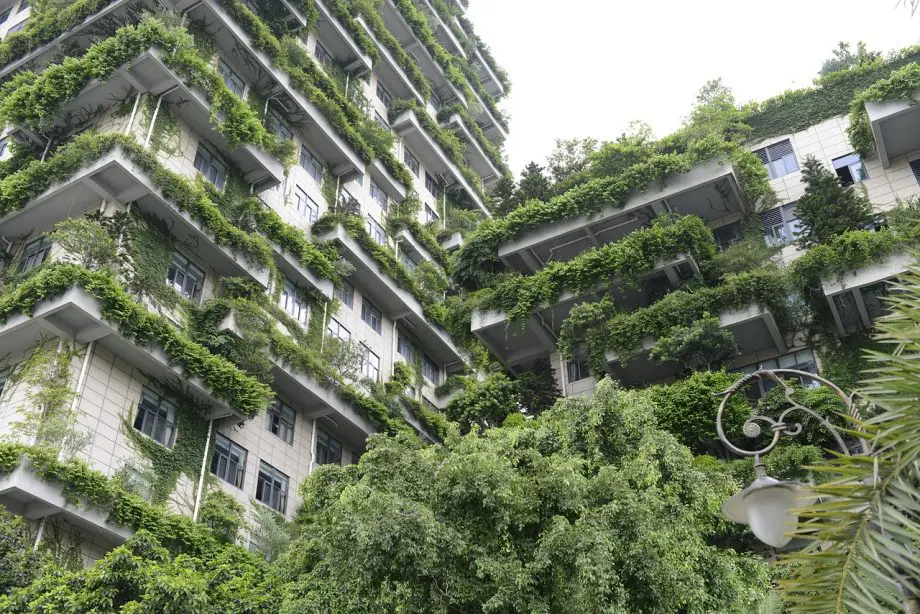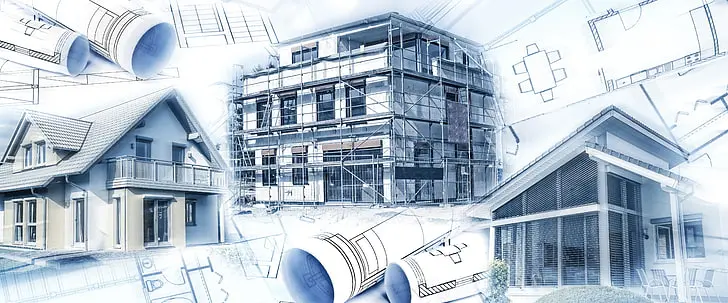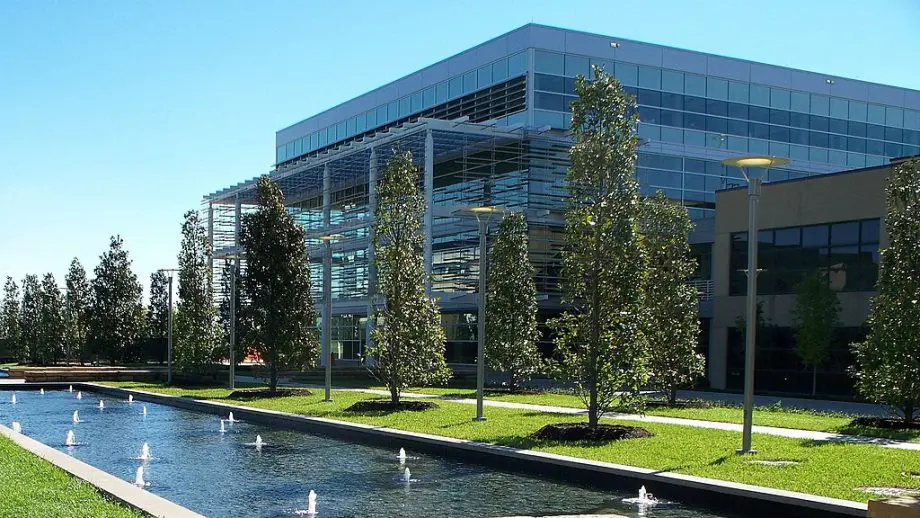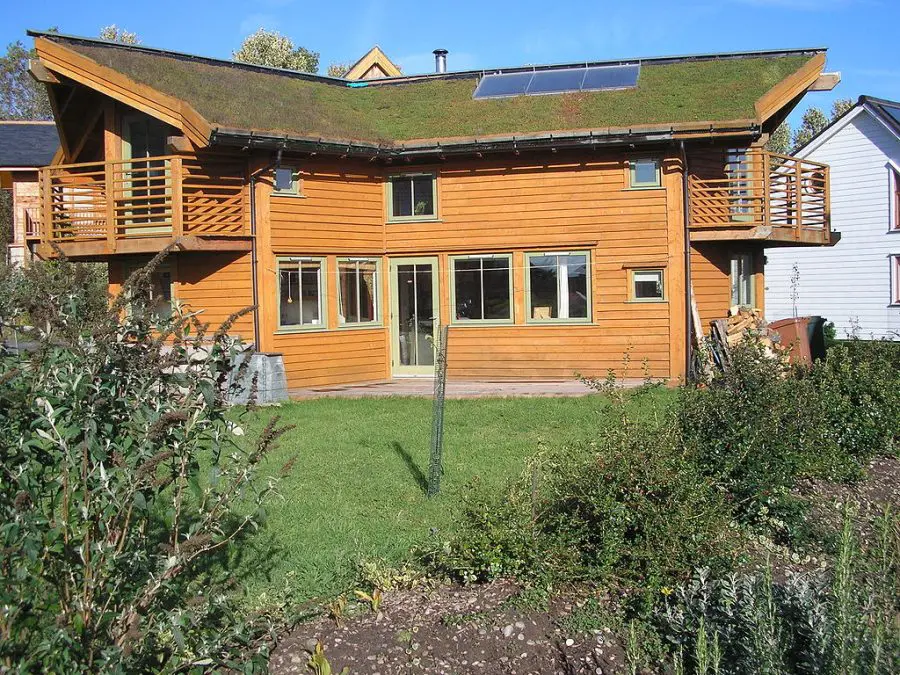
Discover what are the 7 components of green building and how to transform your construction projects into eco-friendly masterpieces. Join the green revolution!
Ever wondered, ‘What are the 7 components of green building?’ Well, you’re in the right place!
Green building is more than just a trend; it’s a commitment to environmental responsibility and sustainable living.
From energy efficiency to waste reduction, each component plays a crucial role in creating a structure that’s not just good for us, but also for our planet.
So, let’s dive in and find out what is green building and what are the principles of green building.
What are the 7 Components of Green Building?
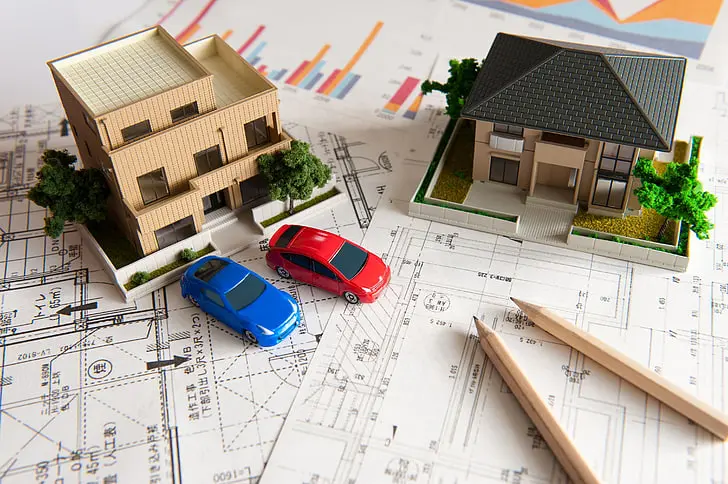
Welcome to our deep dive into the world of green building! If you’ve found yourself asking, ‘what are the 7 components of green building?’ then you’re about to embark on an enlightening journey.
In this post, we’ll explore each of these components, from environmentally friendly materials to innovative waste reduction techniques.
But that’s not all! We’ll also delve into why these components matter, the benefits of green building, what they bring to the occupants and their role in reducing pollution.
Plus, we’ll tackle some frequently asked questions to quench your curiosity. So, get ready to uncover the secrets of green building and how it’s shaping the future of construction!
Definition of Green Building
Let’s start with the basics, shall we? When we talk about a green building, we’re referring to a structure that’s designed, built, renovated, or operated in a way that minimizes its impact on the environment.
It’s all about making conscious choices – from the materials we use to the way we manage waste.
Green buildings are more than just ‘eco-friendly’ – they’re designed to reduce the overall impact on human health and the natural environment. Pretty cool, right?
According to Wikipedia:
Green building (also known as green construction or sustainable building) refers to both a structure and the application of processes that are environmentally responsible and resource-efficient throughout a building’s life-cycle: from planning to design, construction, operation, maintenance, renovation, and demolition. Accoring to Wikipedia https://en.wikipedia.org/wiki/Green_building
Importance of Green Building
Now, you might be wondering, why all this fuss about green buildings?
Well, the importance of green building goes beyond just being kind to Mother Earth (although that’s a pretty big deal!).
Green buildings are designed to save energy and resources, recycle materials and minimize emissions all of which can lead to significant cost savings in the long run.
But the benefits don’t stop there. Green buildings also aim to improve the quality of life for the people who live and work in them.
Think about it, better air quality, more natural light, and a healthier living environment. That’s a win-win if you ask me!
Green Building Design – 7 components of green building
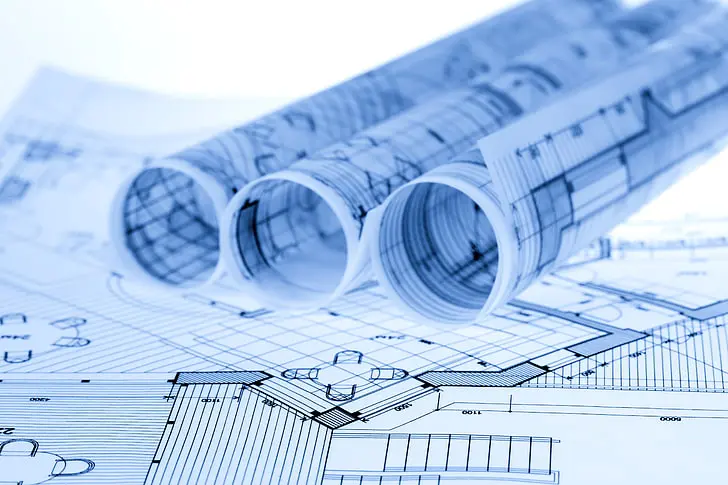
Alright, now that we’ve covered what green building is and why it’s so important, let’s get to the heart of the matter the 7 components of green building.
These are the building blocks (pun intended!) that make a structure truly green.
From the materials we choose to the way we manage energy and water, each component plays a vital role in the overall sustainability of the building.
So, let’s roll up our sleeves and dive into each of these seven components, shall we?
1. Environmentally Preferable Building Materials and Specifications
First up on our list is the use of environmentally preferable building materials and specifications.
This means choosing materials that have a lower impact on the environment over their life cycle.
It’s not just about picking materials that are recycled or sustainably sourced, but also considering factors like their durability, longevity, and the energy used in their production.
It’s all about making choices that are good for both the environment and the quality of our buildings.
2. Energy Efficiency
Next, we have energy efficiency, a key player in the green building game.
This involves designing buildings to use less energy, while still providing the same level of comfort and convenience.
Energy-Efficient Windows: One way to achieve this is through energy-efficient windows.
These aren’t your average windows. They’re designed to prevent your heated or cooled air from escaping, keeping your building at a comfortable temperature with less energy use.
Solar Power: Then there’s solar power, a renewable energy source that’s becoming more and more popular in green building.
By installing solar panels, buildings can generate their own clean, green energy thus reducing their reliance on fossil fuels and cutting down on greenhouse gas emissions.
3. Green Roof
A green roof is exactly what it sounds like, a roof that’s covered in plants! But it’s not just about making buildings look pretty.
Green roofs can provide insulation, reduce the heat island effect, manage stormwater, and even create habitats for wildlife.
Plus, they can provide a peaceful spot for people to relax and connect with nature.
4. Water Efficiency
Water efficiency is all about using our water resources wisely.
Water conservation can involve everything from installing low-flow fixtures and rainwater harvesting systems, to green landscaping with native plants that require less watering.
It’s all about making every drop count!
5. Waste Reduction and Recycling
Waste reduction and recycling involve managing eco-friendly construction and operational waste management in a more sustainable way.
This could mean choosing materials that are recycled or recyclable, reusing materials wherever possible, and implementing recycling programs in the building.
6. Indoor Air Quality
Indoor air quality is a crucial component of green building.
It’s about ensuring that the air inside a building is clean and healthy, by reducing pollutants and using materials that don’t off-gas harmful chemicals.
After all, we spend a lot of our time indoors – we want that air to be good for us!
7. Landscaping
Last but not least, we have landscaping. Green building isn’t just about the building itself.
It’s also about how it fits into its surroundings. Sustainable landscaping can help to manage stormwater, reduce heat islands, and create a healthier, more enjoyable space for people and wildlife.
It’s the finishing touch on our green building masterpiece!
Why Green Building Components Matter
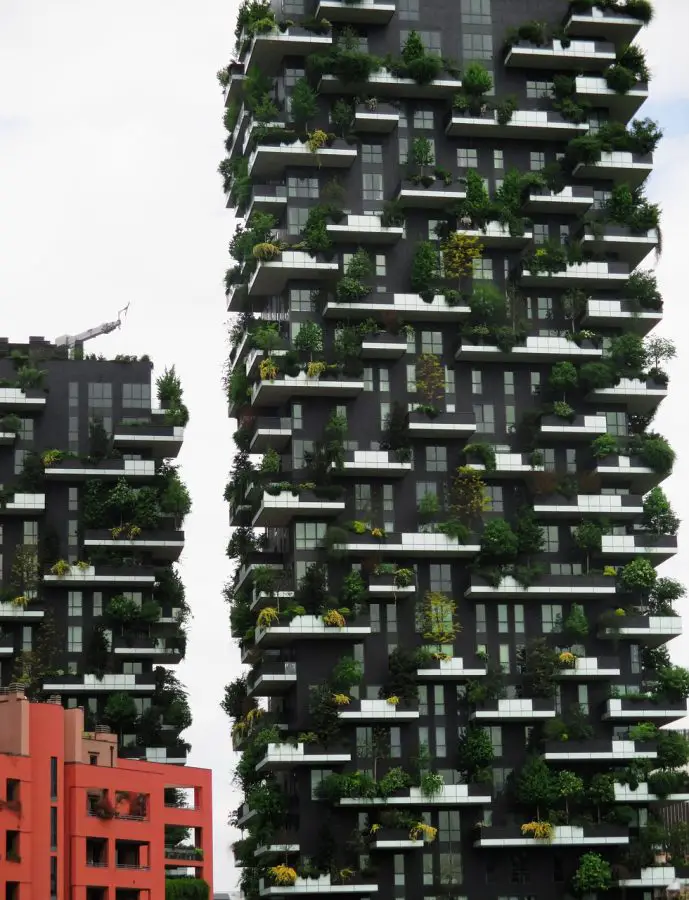
Now that we’ve explored the 7 components of green building, let’s delve into why these components truly matter.
You see, each of these elements plays a significant role not just in creating a sustainable structure, but also in shaping a healthier and more sustainable world.
From reducing pollution to enhancing our quality of life, the impact of green building is far-reaching.
So, let’s dive deeper and uncover the real value of these green building components, shall we?
Reduction of Pollution
Starting with one of the most significant benefits, green buildings play a crucial role in reducing pollution.
By using environmentally friendly materials and energy-efficient systems, we can significantly cut down on waste and emissions.
It’s like giving the planet a much-needed breath of fresh air!
Energy Efficiency
We’ve touched on this before, but it’s worth repeating. Energy efficiency is a game-changer in green building.
By reducing the amount of energy we need to heat, cool, and power our buildings, we can reduce our reliance on fossil fuels and make a big dent in our energy bills. It’s a win-win!
Benefits to Occupants
Green buildings aren’t just good for the planet. They’re good for people too!
Improved indoor air quality, access to natural light, and a healthier living environment can all contribute to the well-being and productivity of the people who live and work in these buildings.
It’s about creating spaces that people love to be in.
Water Efficiency
Water is a precious resource, and green buildings are all about using it wisely.
From water-efficient fixtures to smart landscaping, these strategies can significantly reduce a building’s water use.
And less water use means less strain on our water supplies and infrastructure.
Reduced Operational Cost and Maintenance
Here’s a benefit that’s sure to make any building owner smile.
Green buildings often have lower operational costs and maintenance needs compared to traditional buildings.
Energy and water efficiency, durable materials, and smart design all contribute to these energy savings.
Operational cost reduction is an investment that pays off in the long run!
Carbon Footprint Reduction
By using energy-efficient systems and renewable energy sources, green buildings can significantly reduce their carbon footprint.
That’s a big deal when you consider that buildings account for a large portion of global greenhouse gas emissions.
Green building is a powerful tool in the fight against climate change.
Protection of Ecosystem
Green building also involves considering the building’s impact on its local ecosystem.
This can mean preserving natural features, reducing runoff, and even creating new habitats with features like green roofs.
It’s about being a good neighbor to our local plants and animals.
Quality of Life
Finally, green buildings can enhance our quality of life. They’re not just buildings, they’re places where we live, work, and play.
By creating healthier, more enjoyable spaces, green buildings can contribute to happier, healthier communities. And that’s something we can all get behind!
Principles of Green Building FAQs
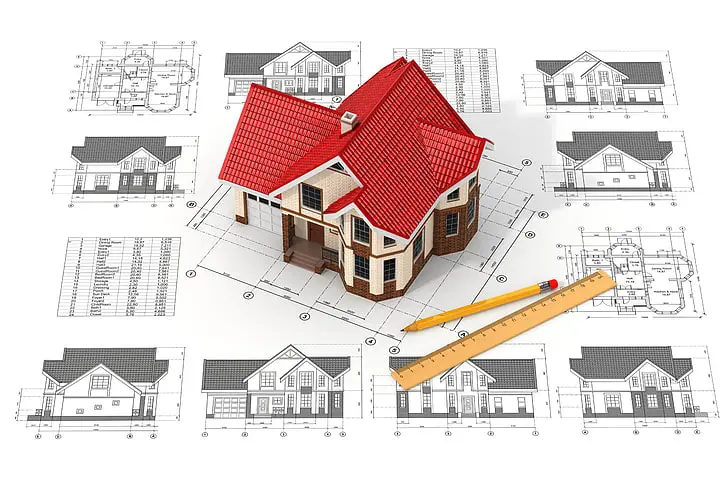 By now, you’re probably brimming with knowledge about green building.
By now, you’re probably brimming with knowledge about green building.
But, as with any topic, there are always those burning questions that pop up.
That’s why we’ve dedicated this section to answering some of the most frequently asked questions about green building.
From the role of energy-efficient windows to the contribution of green roofs, we’ve got you covered.
So, let’s dive into these FAQs and quench that thirst for knowledge!
Q: What is the role of energy-efficient windows in green building?
A: Energy-efficient windows play a crucial role in green building.
They are designed to prevent your heated or cooled air from escaping, keeping your building at a comfortable temperature with less energy use.
This not only reduces the building’s energy consumption but also results in significant cost savings in the long run.
Q: How does a green roof contribute to a building’s energy efficiency?
A: A green roof, covered in plants, provides natural insulation for a building.
This means that less heat escapes in the winter and less cool air escapes in the summer, reducing the need for heating and air conditioning.
Plus, green roofs can absorb rainwater, reducing runoff and providing a natural water source for plants.
Q: How does landscaping contribute to green building?
A: Sustainable landscaping is a key component of green building. It can help manage stormwater, reduce heat islands, and even create habitats for local wildlife.
Plus, by choosing native plants that are adapted to the local climate, you can reduce the need for watering and maintenance.
Q: What are some ways to achieve water efficiency in green buildings?
A: There are many strategies to achieve water efficiency in green buildings.
These can include installing low-flow fixtures, using rainwater harvesting systems, and landscaping with native plants that require less watering.
In addition, green buildings often use efficient appliances and systems that use less water.
Q: How does green building contribute to waste reduction?
A: Green building contributes to waste reduction in several ways.
During construction, it involves choosing materials that are recycled or recyclable and managing construction waste in a more sustainable way.
Once the building is in use, green buildings often have systems in place for recycling and composting, which reduces the amount of waste that ends up in landfills.
Green Building Design Conclusion
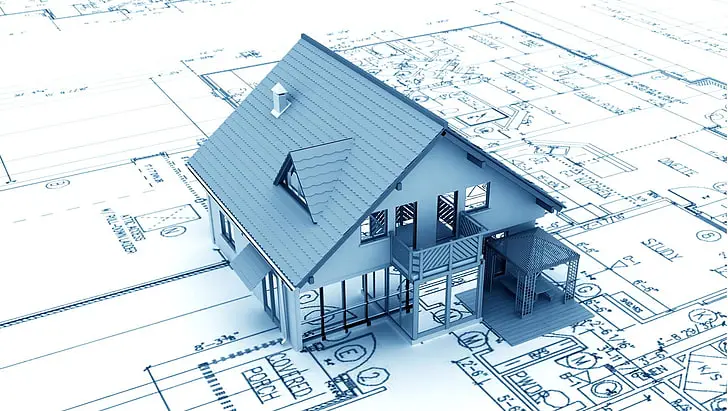
As we near the end of our green building journey, it’s time to reflect on what we’ve learned and look toward the future.
From the importance of each component to the benefits they bring, we’ve covered a lot of ground.
But the conversation about green building doesn’t end here.
So, let’s wrap things up and consider how we can apply these principles to create a more sustainable and eco-friendly world.
Summary of the Importance of Green Building
As we’ve explored throughout this post, green building is more than just a buzzword.
It’s a transformative approach that’s reshaping the world of construction.
Each component, from energy efficiency to waste reduction, plays a vital role in reducing our environmental impact and creating healthier spaces.
But the importance of green building extends even further.
It’s about making a positive impact on our communities, our health, and our planet.
It’s about building a sustainable future, one building at a time.
Future of Green Building
Looking ahead, the future of green building is bright. As awareness of environmental issues continues to grow, so too does the demand for green buildings.
Innovations in green building technology and design are making it easier and more affordable to build green.
And as more people experience the benefits of green buildings from lower energy bills to healthier living environments the demand for green buildings is only set to increase.
So here’s to the future of green building a future that’s sustainable, healthy, and green!

